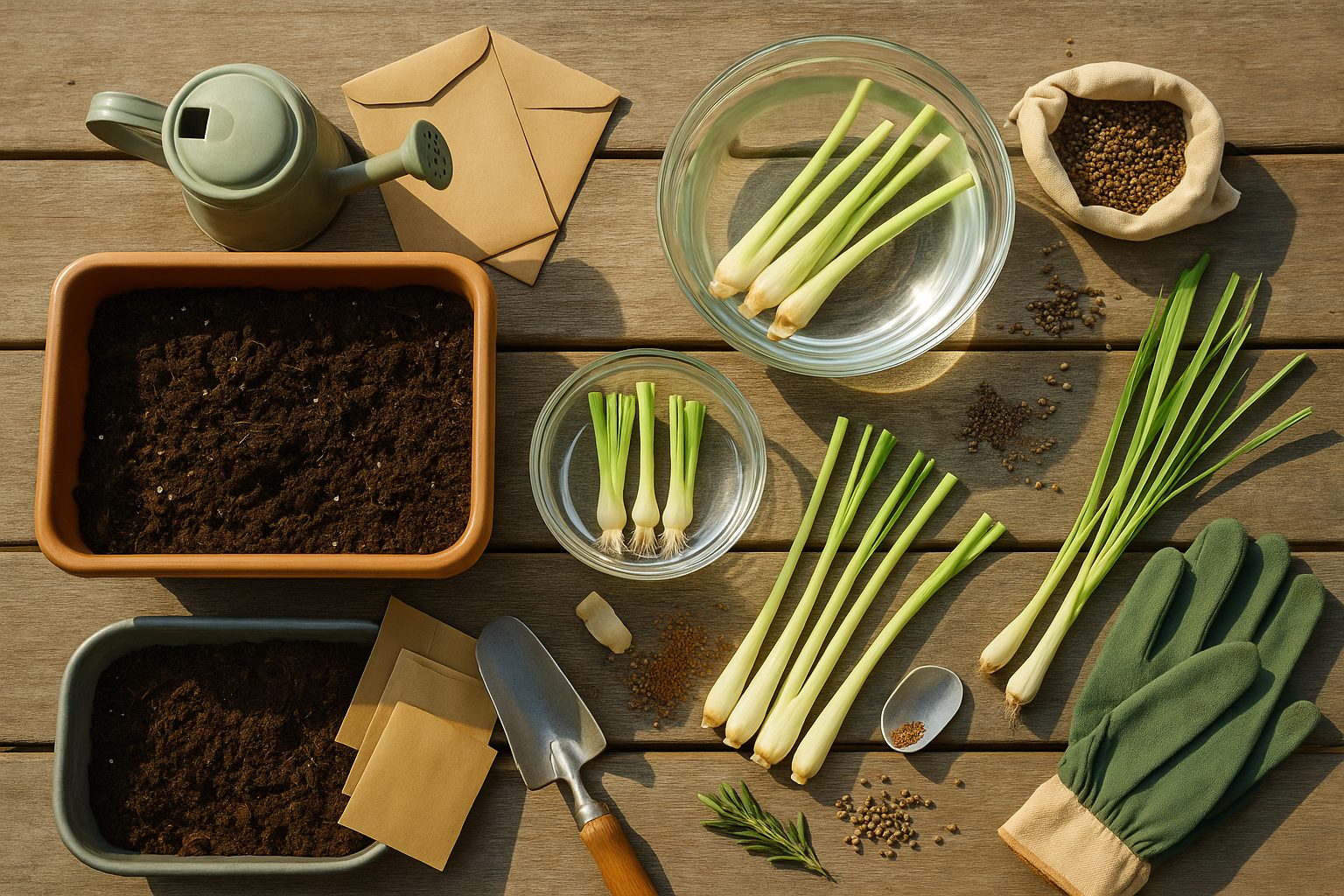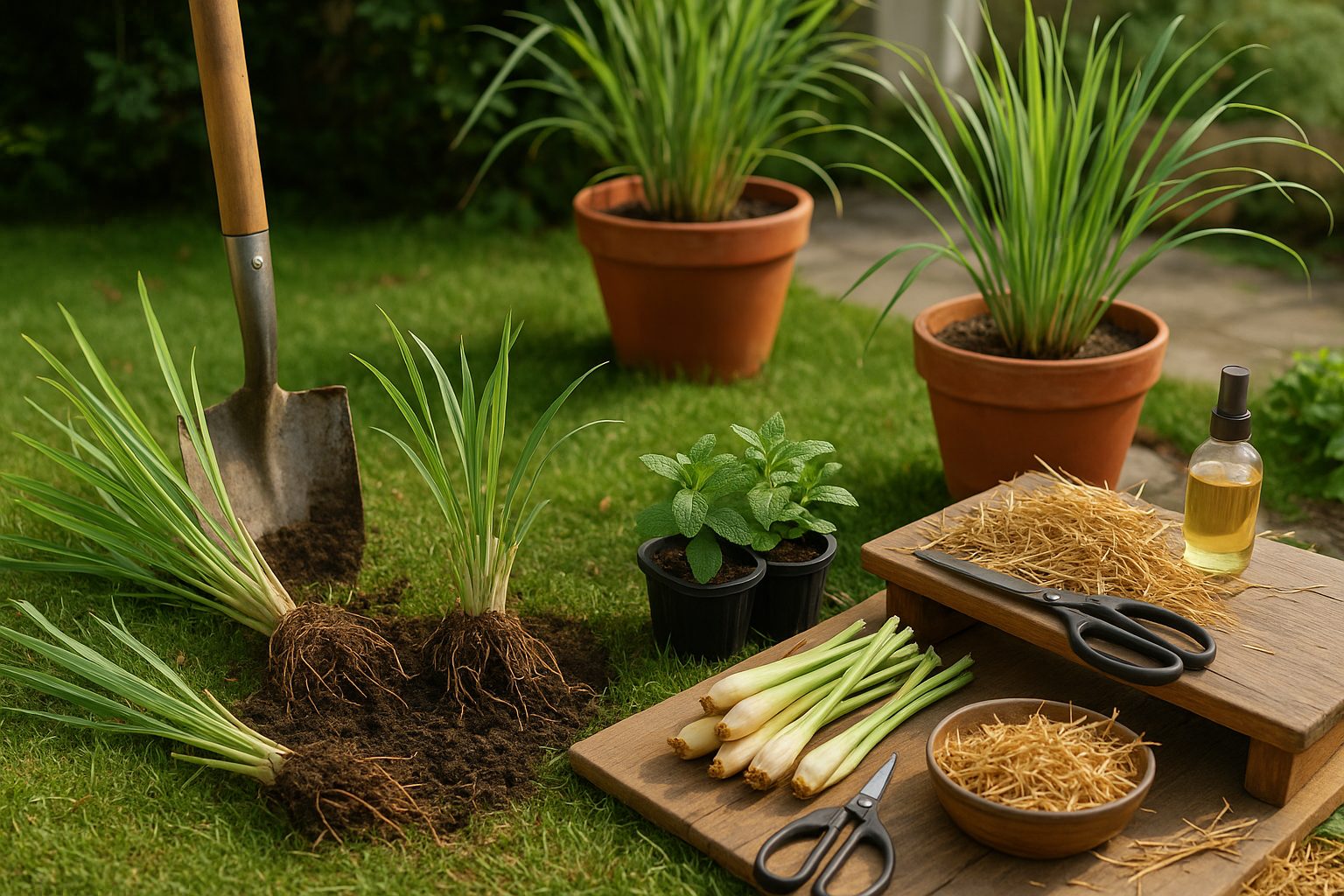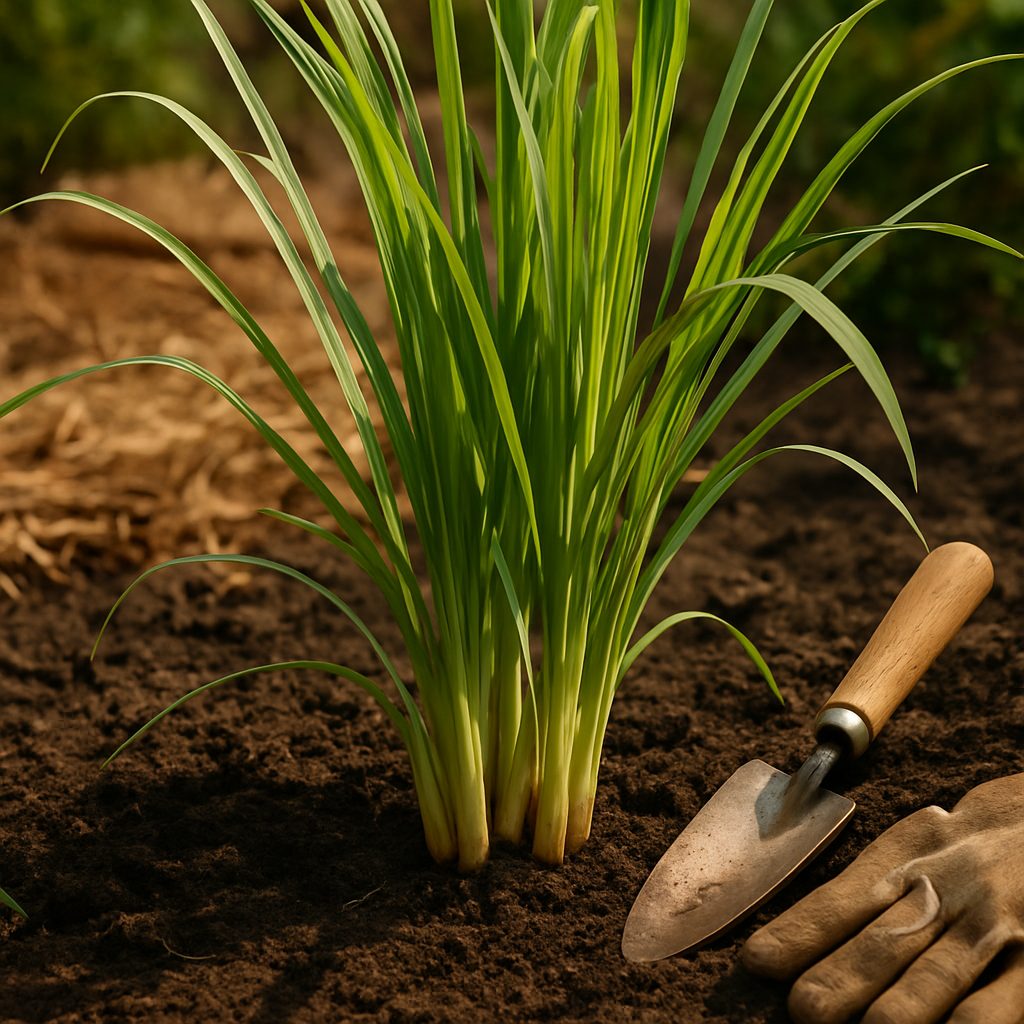Introduction to Lemongrass
Lemongrass cold weather care is an essential topic for anyone hoping to grow this vibrant, tropical plant outside its native warm regions. Lemongrass, with its tall, elegant stalks and lush green leaves, instantly livens up any garden or windowsill. It’s a favorite among home gardeners because of its refreshing citrus aroma and the zesty flavor it brings to dishes like soups, teas, and curries.
Beyond its culinary uses, lemongrass is famous for its natural health benefits—it’s packed with antioxidants, aids digestion, and can even help promote relaxation when brewed as an herbal tea. Plus, its enchanting fragrance acts as a natural mosquito repellent, offering another reason to keep this plant nearby.
While lemongrass thrives in subtropical and tropical climates, from Southeast Asia to southern parts of the United States, it’s surprisingly adaptable with the right care. Gardeners in colder regions will need to give thoughtful attention to lemongrass cold weather care, using easy tricks like indoor pots or protective mulching.
With these simple strategies, you don’t have to give up on growing this versatile herb—even if frost and snow are regular guests in your garden.
Getting Started: Soil, Planting & Initial Care

Lemongrass thrives in well-draining, fertile soil rich in organic matter—think garden compost or well-rotted manure mixed in before planting. Aim for a soil pH between 6.0 and 7.5, and pick a spot that gets full sun for at least six hours a day; lemongrass loves warmth and light.
For planting, you can use either seeds or fresh stalks from the grocery store (just make sure the bulb end is intact). If starting with seeds, sow them indoors 6-8 weeks before your last expected frost, pressing them lightly into the soil and keeping them moist. If you’re using stalks, soak them in water until roots form (about 1–2 weeks), then plant them directly in the ground or in large containers.
Give each plant about 24 inches of space, as they quickly become bushy. In garden beds, ensure good drainage by amending heavy clay soils, or opt for raised beds. For pots, choose a container at least 12 inches wide and deep, and use quality potting mix.
After planting, keep the soil consistently moist but not soggy—water whenever the top inch feels dry. During the growing season, feed plants every 4–6 weeks with a balanced liquid fertilizer or organic compost tea for the best growth.
Common Pitfalls & Tips
- Avoid overwatering—lemongrass doesn’t like “wet feet.”
- Don’t crowd plants, as this can invite pests or disease.
- Mulch lightly to help retain moisture and reduce weeds.
- Regularly snip off outer stalks for harvest to encourage new growth, but don’t cut more than a third of the plant at once.
With a little attention, even beginners can enjoy lush, fragrant lemongrass all season long—perfect for cooking or tea.
“`html
Ongoing Care: Pruning, Dividing, and Overwintering

Regular maintenance keeps lemongrass lush and productive, and pruning is the first simple step. Begin by snipping back any dry, brown leaves with clean shears at the base throughout the growing season—this encourages new, green shoots and helps prevent disease. For cooking, harvest stalks just above ground level and let the rest of the plant continue thriving.
Each year, especially in early spring, dividing clumps is crucial for plant health. Use a spade to dig up the mature clump and gently separate it into smaller sections, each with roots and shoots. Replant these sections about a foot apart to prevent overcrowding and reinvigorate growth.
If you live in an area where frost is a concern, protect lemongrass before the first cold snap. Mulch well with straw or leaves to insulate roots outdoors, or pot a few clumps and bring them indoors. Place the pots in the sunniest spot available and water sparingly until spring.
When warmer temperatures return, gradually acclimate lemongrass back outdoors by setting pots outside for a few hours a day, increasing the time over a week. Remove winter mulch after the risk of frost has passed, and feed your plants with a balanced fertilizer to kickstart their growth. With these steps, your lemongrass will bounce back bigger and healthier each season.
“`
Troubleshooting Common Lemongrass Problems
Lemongrass is usually a hardy herb, but it can run into trouble if not given the right care. Yellowing leaves often point to nutrient deficiencies or overly wet roots, so try adding a balanced organic fertilizer and ensure your plant’s container drains well—avoid letting lemongrass sit in soggy soil.
If you spot fine webbing or speckled leaves, you might have spider mites; a gentle spray of water and a wipe down with a damp cloth can help, or use a natural insecticidal soap if the problem persists.
Root rot is another concern when water pools at the base, particularly if you grow lemongrass in heavy clay soil or containers without drainage holes. Always check soil moisture before watering, and create a well-draining soil mix using sand or perlite.
To keep lemongrass resilient year-round:
- Cut back dried stems at the base.
- Divide crowded clumps every spring to encourage new growth.
- Water deeply but infrequently to promote strong root systems.
- Place plants where they can soak up plenty of sunlight.
Regularly removing dead leaves and inspecting plants for pests will help you catch problems early, keeping your lemongrass healthy and vigorous.
Harvesting and Storing Lemongrass
Harvesting lemongrass at the right time is key to maximizing its flavor and shelf life. The best moment to cut stalks is when they reach at least half an inch thick and are about a foot tall—usually 4 to 6 months after planting. Use a sharp knife or garden shears to snip stalks close to the soil line, taking care to leave the roots and some smaller shoots for regrowth.
For leaves, trim the outer, healthiest blades. After harvesting, rinse stalks and leaves under cool running water to remove dirt and insects. Pat them dry thoroughly with a clean towel.
To dry lemongrass, bundle stalks or spread leaves on a mesh rack in a well-ventilated spot away from direct sun until crisp. Once dried, store in airtight containers in a cool, dark place for up to six months.
For freezing—ideal for bulk harvests—slice stalks into manageable pieces, seal them in freezer bags, and remove as much air as possible; this preserves flavor for up to a year. Crushing stalks slightly before freezing or storing can help lock in their citrusy aroma.
Remember, whether using dried or frozen lemongrass, add it early in the cooking process to let its flavor infuse your dishes.
Creative Uses for Homegrown Lemongrass
Homegrown lemongrass is a versatile herb that opens up a world of possibilities both in your kitchen and around your home.
In the kitchen, its lemony aroma and subtle citrus flavor shine in Asian-inspired soups like Thai tom yum. Simply bruise and simmer the stalks in the broth, then remove them before serving. It’s also a vibrant addition to stir-fries—just finely chop the tender inner stalks and sauté them with your favorite veggies and proteins for an instant flavor boost. For a soothing drink, steep a few chopped lemongrass stalks in hot water to make a refreshing tea, optionally adding ginger or honey for extra zing.
Beyond cooking, lemongrass is a star in non-culinary routines. Its essential oils make excellent natural air fresheners and can promote relaxation when used in aromatherapy diffusers or homemade candles. Try crafting a basic natural cleaner by infusing chopped lemongrass in vinegar; this mixture cuts grime while leaving your home smelling citrus-fresh. Lemongrass is also a well-known mosquito repellent—just crush the leaves and rub them on your skin or use the oil in a diffuser outdoors.
For easy DIY projects, start with a jar of homemade lemongrass tea—simmer stalks in water and refrigerate for a cool summer refresher. Or make a soothing bath soak by tying dried lemongrass in a muslin bag and dropping it into your tub.
With a single clump of lemongrass, you can enhance meals, uplift your mood, and keep your home fresh and bug-free.
Conclusion & Quick Tips for Success
Growing lemongrass is simpler than you might think, making it a rewarding project even for beginners. With minimal effort, you’ll soon have fragrant stalks ready to spice up your cooking or brew a soothing tea.
For best results, remember to place your lemongrass in a sunny spot, keep the soil consistently moist, and trim regularly to encourage bushier growth.
Don’t be afraid to experiment—try growing lemongrass in pots, garden beds, or even indoors. Bring a burst of freshness to both your home and your meals by making lemongrass part of your gardening and cooking adventures!
